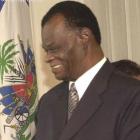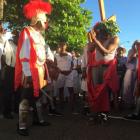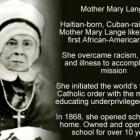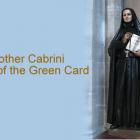ADVERTISEMENT
Religion
Vodoo and Christian Leaders hand in hand
Here is a picture you don't see often. Leaders of two major religions in Haiti joining hands. This is not just two religions. Leaders of a Christian faith in a rare photo opportunity with Max Beauvoir, Supreme Leader of the Haitian Voodoo.
Hopefully this is a sign that will be used to teach union instead of division in the Haitian society
Episcopal Church in Bondeau, Haiti
Here is a picture of the newly built Episcopal Church in Bondeau, Haiti.
Until recently, Bondeau in Haiti was a place where religious services were held in school classrooms which had the capacity to hold meager number of people. The South Florida Haiti Project, a nonprofit organization cited problems of the people attending religious congregations in Bondeau, especially on Sundays when the crowd was more. The organization initiated the building of an Episcopal Church in Bondeau. The Bon Samaritan Episcopal Church is now the largest Episcopal Church in Haiti with a capacity to hold 800 congregants. The congregants showed their eagerness and support for the building of the church that would serve as an anchor and hold the society together by donating $2,300 for the building and dedication of the church which took place on 12 July.
Demonstration of Haitian belief in Little Haiti for Easter
Here is a picture where thousands of Catholic Haitians took to the streets of Little Haiti during Easter season.
Haitian Easter Celebration & Easter Around The World
In Cuba, the Cuban Christians, in spite of their communist ideology, are far freer to practice their religious faiths. The majority of Cubans are Roman Catholic and about five percent of Cubans are Protestants. There are many churches in Cuba, but you wouldn't see any Easter displays anywhere. It is celebrated in a less publicized way. They call the holiday "Pasqua"(not as Easter), the Spanish word for Passover-- the celebrations are private and faith driven. Most of the believers visit a hilltop near Havana, where the church goes up to celebrate Easter sunrise service.
In Haiti, it is celebrated with a mixture of Catholic and Voodoo traditions. Faith plays a great role in Haitian life. They look to God for every need. The Holy Week is marked by colorful parades and traditional "rara" music is played on bamboo trumpets, maracas, drums and even on coffee cans; the celebration is marked by drumming, chanting and animal sacrifices. They paint their walls and cars in bright colors with the inscription 'merci Jesus!.
Easter celebration in Little Haiti
Here is a picture of the cross carrying on God Friday in the streets of Little Haiti in Miami, April, 2015.
The Christian holiday Easter is celebrated with such wonderful rich traditions around the globe, it's fascinating to learn how different Easter traditions can be in different countries (or even within the same country!). In Bermuda, it started when a local teacher from British Army experienced difficulty in explaining Christ's ascension to Heaven. Bermudians celebrate Good Friday by flying home-made kites, eating codfish cakes, and eating hot cross buns. Norwegians celebrate the season through "Easter-Crime" or Paaskekrim. They read crime stories or watch the televised crime detective series on national television. In parts of Northwestern Europe, people lit large bonfires, called Easter Fires. They believe Easter is a time when spring becomes victorious over the winter and the fires were to chase the darkness of winter away. In Sweden, Easter is celebrated with meals of eggs, herring, and Jansson's Temptation (potato, onion and pickled sardines baked in cream). The inhabitants of the Greek island of Corfu, throw clay pots out of their windows.
Monseigneur Pierre-Andre Pierre
Here is a picture of Monseigneur Pierre-Andre Pierre
There was a kidnapping attempt in Haiti for Monseigneur Pierre-Andre Pierre, the Rector of Université Notre-Dame d'Haiti on the evening of Friday, Mar 13, 2015. However, fortunately it was foiled by police. The Executive of the University has condemned the kidnapping attempt and has urged the public security authority to take necessary measures to identify and bring the perpetrators of the kidnapping attempt under justice for legal action. No specific report has yet been released except that it happened in Delmas 33 near the Hopital de Paix and the Haitian police immediately intervened. A group of armed bandit attempted to apprehend the Catholic priest who was scheduled to attend a funeral. Mgr Pierre was born on 26 September, 1962, became ordained Priest of Port-au-Prince on 26 May, 1991. Thereafter, he was gradually appointed as the Auxiliary Bishop of Port-au-Prince (February 2003), Titular Ordained Bishop of Floriana (December 2002) and Bishop of Anse-à-Veau et Miragoâne, Haïti (July 2008). On February 6, 2009, Bishop Pierre-André Pierre was elected by the Conference of Catholic Bishops of Haiti, "Recteu r of Notre Dame University of Haiti (UNDH).
Progress has been slow but steady, Archbishop Guire Poulard
Here is Archbishop Guire Poulard of Port-au-Prince
The Archbishop Guire Poulard of Port-au-Prince has expressed his satisfaction over the building of a transitional cathedral next to the historical Our Lady of the Assumption Cathedral and viewed the effort as a major accomplishment. The cathedral was built between 1884 and 1914; it was dedicated on 13 December, 1928, and became the cathedral church of the Roman Catholic Archdiocese of Port-au-Prince till it was destroyed in the 2010 earthquake. It has been rebuilt as one 1,500-seat transitional cathedral and dedicated in November 2014 when the ceremony was attended by church leaders from the U.S. and other places. Poulard has admitted that after serving as the bishop in the Jacmel and Les Cayes dioceses for a total of 23 years, his appointment as the Archdiocese of Port-au-Prince was a big responsibility that he undertook on Jan. 12, 2011, exactly one year after the earthquake. The Port-au-Prince Archdiocese continues to rebuild its ministries since the country's 2010 earthquake.
While meeting the representatives of the Catholic News Service on March 10, 2015, Poulard has told that the Port-au-Prince archdiocese is presently working with over 60 active projects, most of which are of the pastoral in nature. Thirty new parishes have been formed, the new ministries have emphasized on the greater involvement and support for religious congregations serving rural and urban communities. With the assistance coming from Haitian Catholics, the Haitian Diaspora and some international partners in pastoral efforts and some reconstruction projects, the progress has remained slow but the working is going at a steady pace. Haitian churchgoers and diaspora, both are determined to rebuild the church and their country. PROCHE has undertaken some other rebuilding works related to church- reconstruction projects, in addition to those undertaken by the Port-au-Prince archdiocese. PROCHE is a partnership of the dioceses of Haiti, with the Catholic Church and numerous institutions and individuals in Haiti and throughout the world under the patronage of Conference Episcopale d'Haiti (CEH).
Cathedral of St. James and St. Philip Community Center, Jacmel
Here is a picture of Cathedral St. James and St. Philip Community Center in Jacmel
The Cathedral of St. James and St. Philip was badly damaged following the earthquake 5 years ago. As a result, weekend mass had to be held in another, rundown location where services took place on three separate floors. Soon, however, the church's leader, Bishop Saturne, will realize the dream of one community worship center for the church's patrons. Come May 1, the leaders of the church will have a new Cathedral dedicated to them through the aid of the U.S. Conference of Catholic Bishops and church officials across the world.
Archevèque métropolitain du Cap-Haïtien, Mgr Max Leroy Mésidor
Archevèque métropolitain du Cap-Haïtien, Mgr Max Leroy Mésidor
Mgr. Mesidor Vows Fealty to Haiti
Pope Benedict XV appointed Mgr. Mesidor Diocesan Bishop of Fort-Liberté. Mgr. Mesidor took an oath of fealty to the Holy See Concordat, Article 5.
Mesidor vowed ". . . to keep respect and loyalty to the Constitution of Haiti . . . for the . . . common good . . . and defense of the interests of the Nation"
Martelly said to Mesidor, ". . . you face a difficult challenge . . ." but ". . . (we will) struggle for the soul of Haiti . . ."
Archbishop Eugene Martin Nugent named papal nuncio to Haiti
Pope Francis has named a new envoy to Haiti. Archbishop Eugene Martin Nugent as papal nuncio to Haiti. The Vatican announced the appointment on Saturday.
Pope Francis has selected Archbishop Eugene Martin Nugent as the 'Papal Nuncio' to Haiti as the new envoy to perform the significant works that remain undone to rebuild the nation five years after the devastating earthquake. A 'Papal Nuncio' (officially known as an Apostolic Nuncio) is the head of a diplomatic mission, a permanent representative, generally equals the ecclesiastical rank or an ambassador extraordinary with the full power of independent action on behalf of the Church. Earlier, on 13 February 2010, Nugent had been appointed as the Church's Apostolic Nuncio to Madagascar and Apostolic Delegate to the nearby Comoros Islands , and on 11 March 2010, he was named also as the Apostolic Delegate to Mauritius and Seychelles. Nugent was born in Gurtaderra Scariff County Clare, Ireland on 21 October 1958.
Presiding Bishop Katharine Jefferts Schori in Cap-Haitian, Haiti
Here is a picture of Presiding Bishop Katharine Jefferts Schori during a visit in the city of Cap-Haitian, Haiti
Presiding Bishop Katharine Jefferts Schori (born March 26, 1954, in Pensacola, Florida) recently visited Cap-Haitien on December 18, 2014. She became the first primate ever to visit northern Haiti. She is the 26th Presiding Bishop of the Episcopal Church of the United States and the first woman elected as a primate in the Anglican Communion. This trip of her to Haiti was followed by a three day trip to the Dominican Republic, where she has learned about the inhuman effort of the Dominican authority to strip rights of citizenships and basic amenities to people of Haitian descent. She has explained the reason of her visit to Haiti in a clear way, "When the country is in trouble and the government asks us for help, it is our task, a part of our ministry, to bring the people together. Together, we can decide to use our voices and actions to change the world's bad news... ,". This trip between Dec. 13-15, is her sixth trip in Haiti since 2008. She has shown how little it takes to please people who have very little, in terms of our 'worldly goods'.

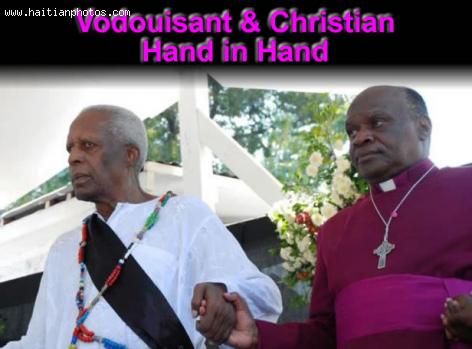
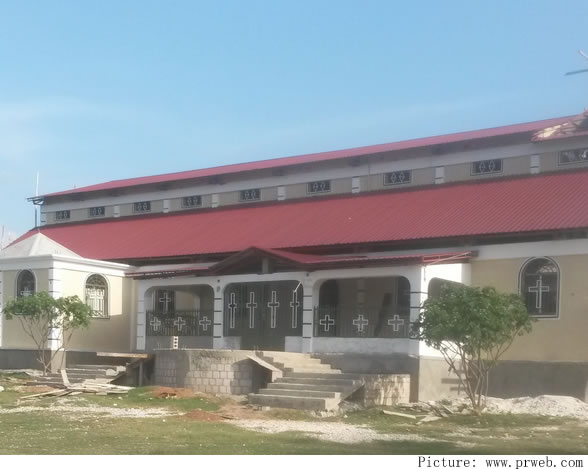
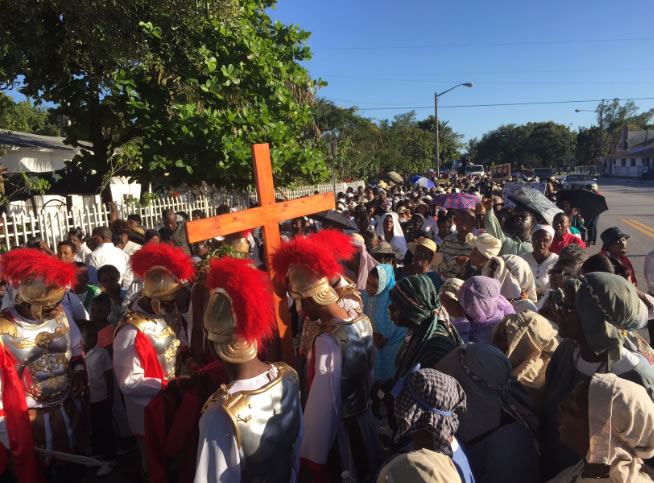
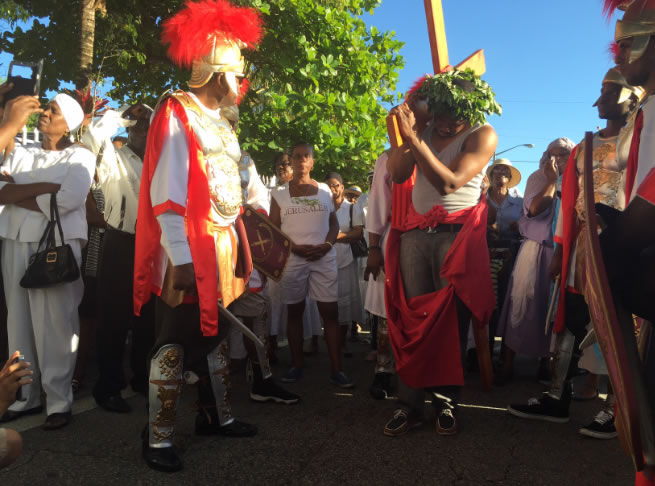
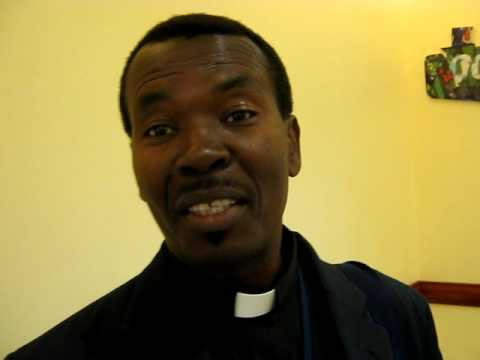
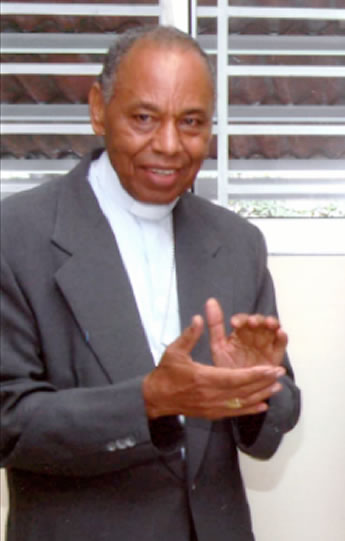
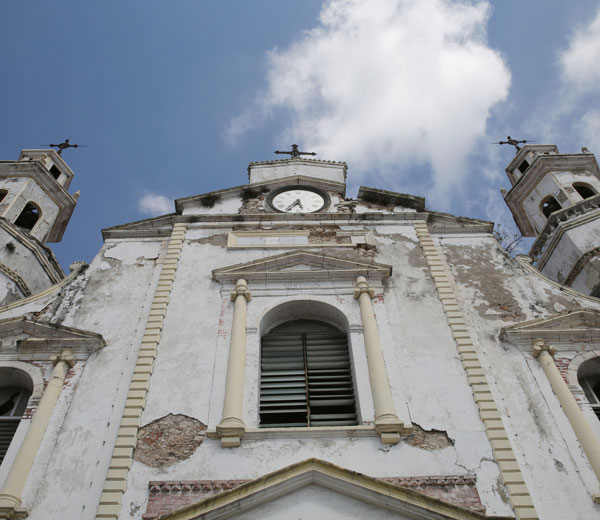
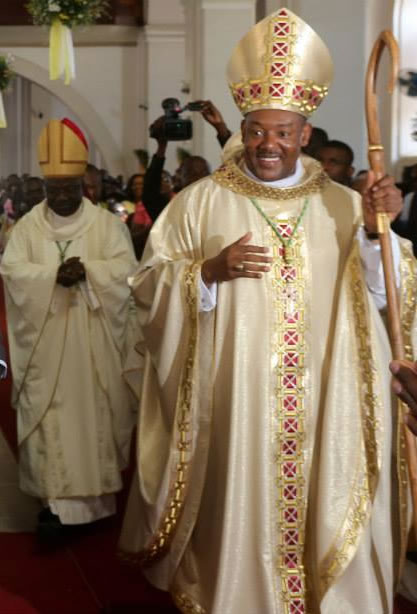
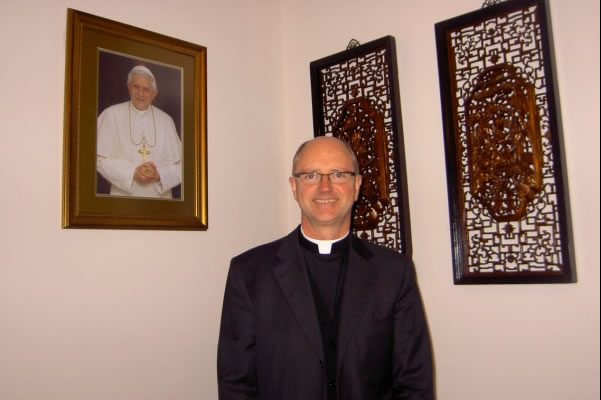
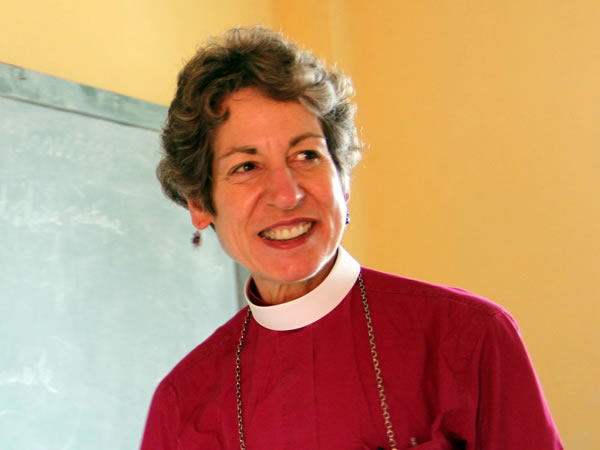
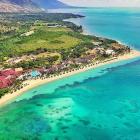 Royal Decameron Indigo and White sands
Royal Decameron Indigo and White sands 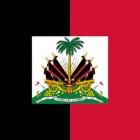 Haitian Flag Under Francois Duvalier changed in 1964 to black...
Haitian Flag Under Francois Duvalier changed in 1964 to black...  Gas Station In Haiti
Gas Station In Haiti  Port-au-Prince on fire over gas prices hike
Port-au-Prince on fire over gas prices hike  Haitians, the second largest black immigrant group in the US
Haitians, the second largest black immigrant group in the US  Commissioner Frantz Pierre indicted for accepting bribes
Commissioner Frantz Pierre indicted for accepting bribes  Jovenel Moïse nominated Jean Henry Céant as prime minister of...
Jovenel Moïse nominated Jean Henry Céant as prime minister of...  Meet Haitian-American professional baseball pitcher Touki...
Meet Haitian-American professional baseball pitcher Touki... 